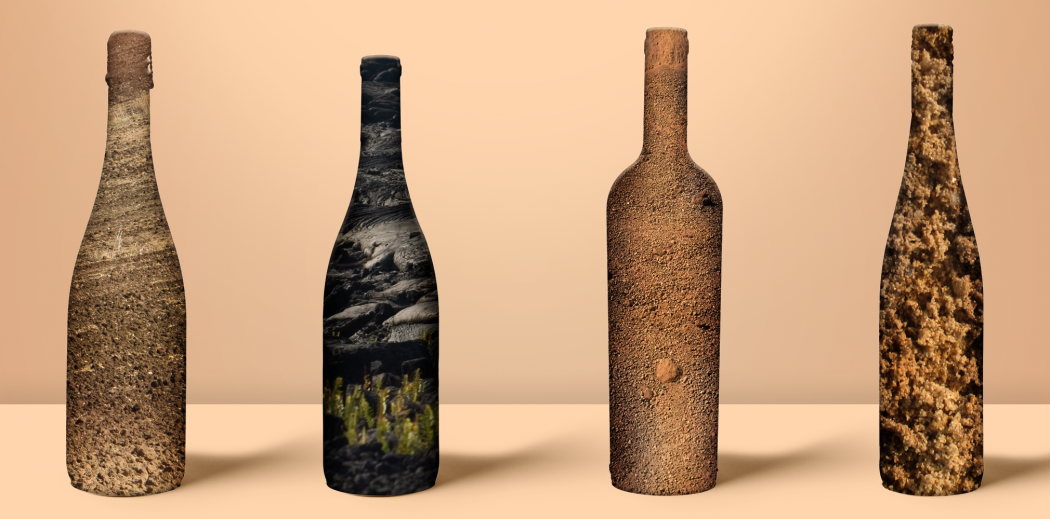

The Basics: Learn which 3 factors affect the flavors that you taste in your wine
Ever wonder how the flavors in wine originated?
If you are just starting out in wine, it’s important to understand why your wine has certain flavors. You may have seen our tasting notes mentioning a wine have certain aromas such as berries, toast, coffee, vanilla, etc in their wine. These flavors were largely created by the entire winemaking process. To understand how the flavors originated, let’s look into 3 factors that affect the flavors in a wine.
1- Grape varieties - the main ingredients that go into making wine this is the most obvious of all 3 factors. The grapes are the core ingredients of wine and hence provide the core of the flavors in wine. Knowing a few main grapes is sufficient to understand most French wines. Most of the wines from The French Cellar are made from 8 grape varieties.
For White wines, the main grapes that are used are Chardonnay and Sauvignon Blanc.
For Red wines, they are Cabernet Sauvignon, Cabernet Franc, Merlot, Syrah, Grenache, and Pinot Noir.
Generally speaking (there are a few exceptions), red wines will have bolder, more intense flavors while white wines are lighter-bodied and have more acidity.
2- The geography and climate that the grapes were grown in - the French describe this with the term terroir
There is no direct English translated word for the term for terroir. The closest meaning that one can come to is ‘climate’ or ‘earth’.
How the grapevines are exposed to the sun, the soil that is used for the vines, matter in determining the flavors of a wine. The available water in the area as well as the strength of the wind also affect its flavor.
The geography and climate where the grapes were grown has a big influence that even when comparing the same grape varieties that come from different climates, the wine may taste different.
For example, a wine made from the Pinot Noir grapes in Burgundy and one made from Pinot Noir grapes in Alsace may taste very different.
3- Human intervention - this is influenced by the winemakers actions
A winemaker can decide at what ripeness level to harvest the grapes. This is important because harvesting the grapes at a certain time will lock in the flavor profile. The earlier a winemaker harvests, the less sugar there will be in the grapes. This will result in a wine that has more acidity and a lighter body.
A wine can have different aromas based on the grapes in the wine. Particularly in French wines, winemakers do quite often produce their wines out of a blend of different grapes.
For instance, the Les Hauts du Tertre, 2004 Margaux in our wine shop is made from 54% Cabernet Sauvignon, 22% Merlot, 20% Cabernet Franc and 4% Petit Verdot. The many different grapes come together like a symphony to bring your palate through an aromatic performance.
Another factor that influences the flavor in wine is whether the winemaker lets the wine aged in a barrel. This will impart the flavors of vanilla, toast, and nuts into the wine.
-
That’s an overview of the 3 different factors that affect the flavors in a wine. We dive deeper into each factors in our future articles.
Wine novice or interested in discovering wines you do not have access to? Every month receive two bottles of exclusive French wines at home with our tasting guide. Find out more
Wala Club WineMag: click here to read more articles, terms, tips and advice!
Two nice bottles of French wines delivered at your doorstep every month with our sommelier’s tasting guide.







